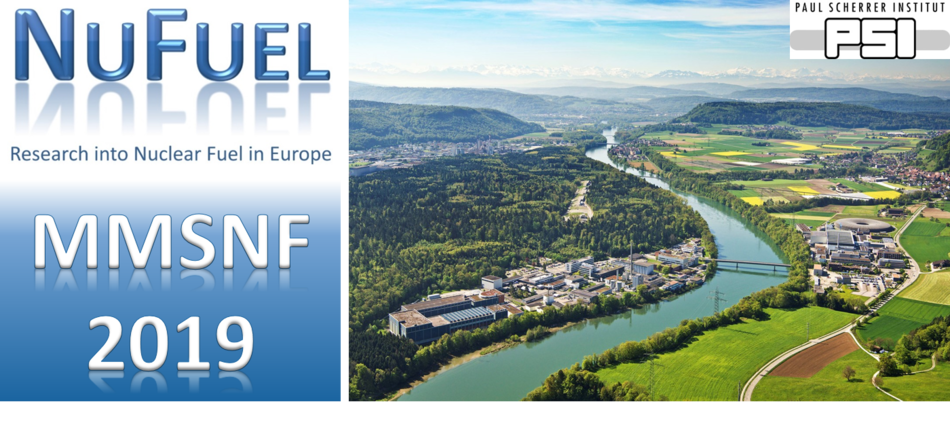Speaker
Description
The Fe-Zr-O ternary system is essential in order to estimate the possible material interactions during a severe accident of nuclear power plant. In the reactor vessel, the core losing its cooling ability drives temperature escalation due to decay heat, leading to the onset of U-Zr-O melt formation about at 2173 K which is 1000 K lower than the melting point of UO2. The melt can go through the steel structures into the lower plenum involving the interaction between Fe and U-Zr-O. Quenched melt in the lower plenum will be heated up again by its decay heat accompanied with further interaction with peripheral steel structures. In order to see the effect of these chemical interactions between Fe and U-Zr-O alloy, we performed the preliminary calculation of heat generation from the reactions using TAF-ID database. Consequently, it was found that the interaction of Fe with Zr-O rich alloy could produce several times of latent heat for Fe even if several percent of Fe is added in the system. The heat source of reaction comes from the Zr-rich oxide precipitation driven by Fe addition and this indicates that assessment of Fe-Zr-O system is critically important to improve accuracy of prediction. However, the current database has been optimized using the interaction parameter only for Fe-rich Fe-Zr-O mixture. Experimental evaluation of thermodynamic properties for Zr-rich mixture is necessary for the severe accident analysis. We propose a measurement of thermodynamic properties by a chemical equilibrium technique. Principle of “identical chemical potential in equilibrium state” enables us to determine Gibbs free energy of formation of compounds, the activity of components, elemental absorption ability of the system, Gibbs free energy of dissolution of oxygen into the system and mixing enthalpy through activity coefficient determination. The experimental apparatus consists of an electric resistance furnace connected to the gas control lines. The Fe-Zr mixture is put inside the ZrO2 crucible and temperature is kept until the material reaches the equilibrium state. The cooled material at the end of test will be chemically analyzed to obtain a concentration of component, which is the basic data for calculating thermodynamic properties. The experiment is planned for temperature above 1800 K and a wide variety of composition from 1wt% ~ 90 wt% of Zr.
